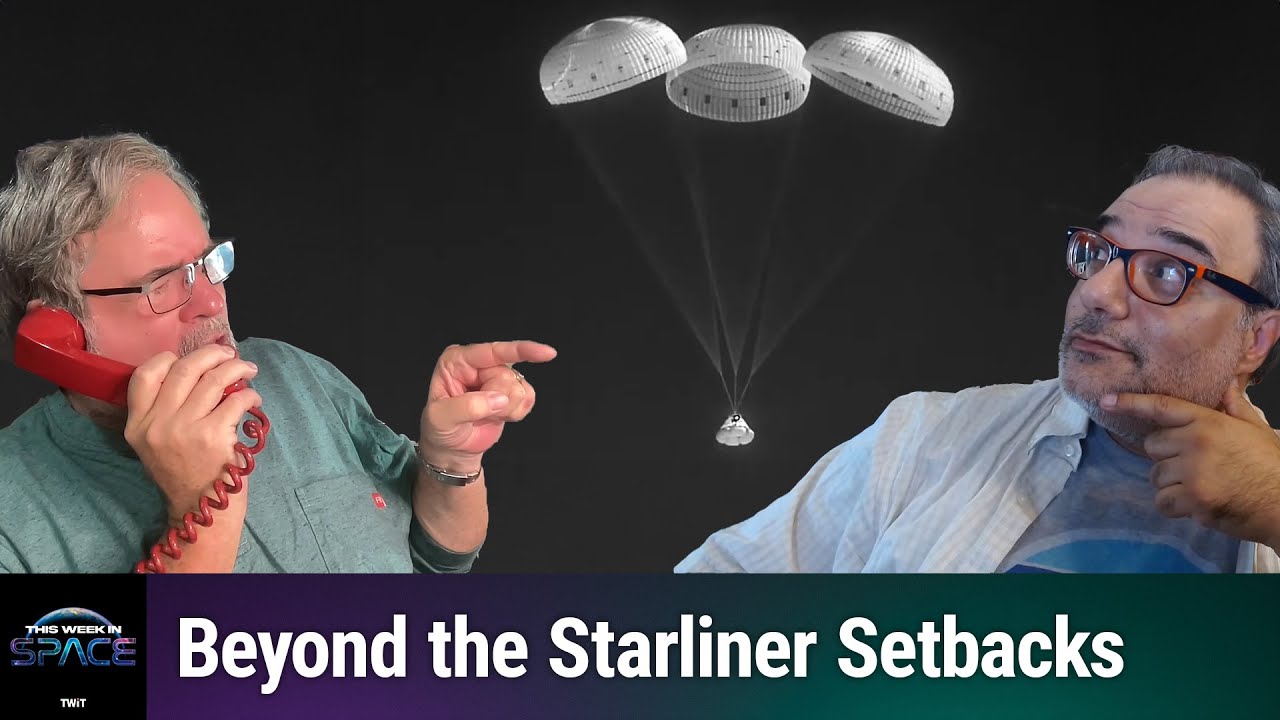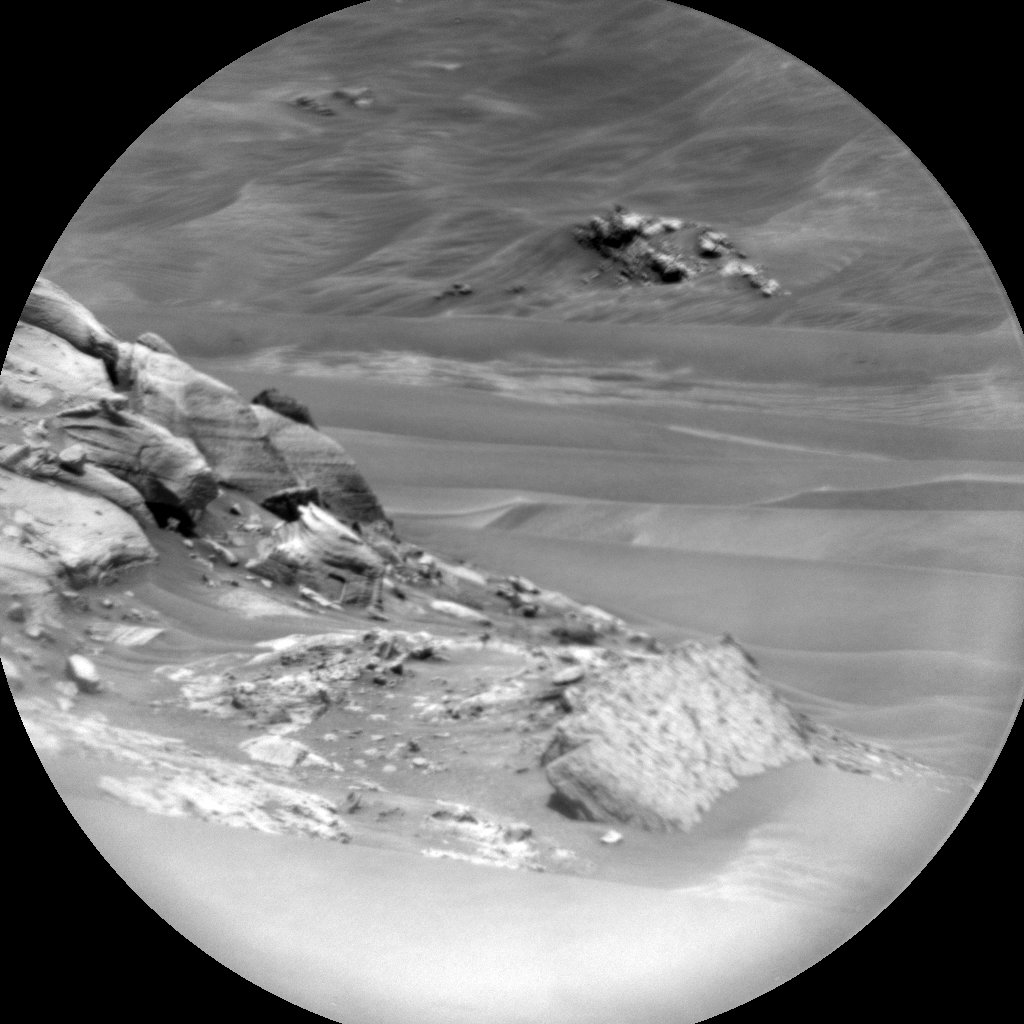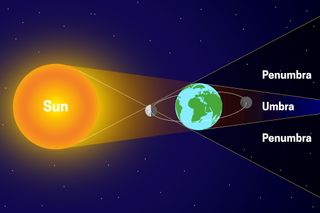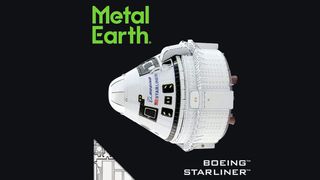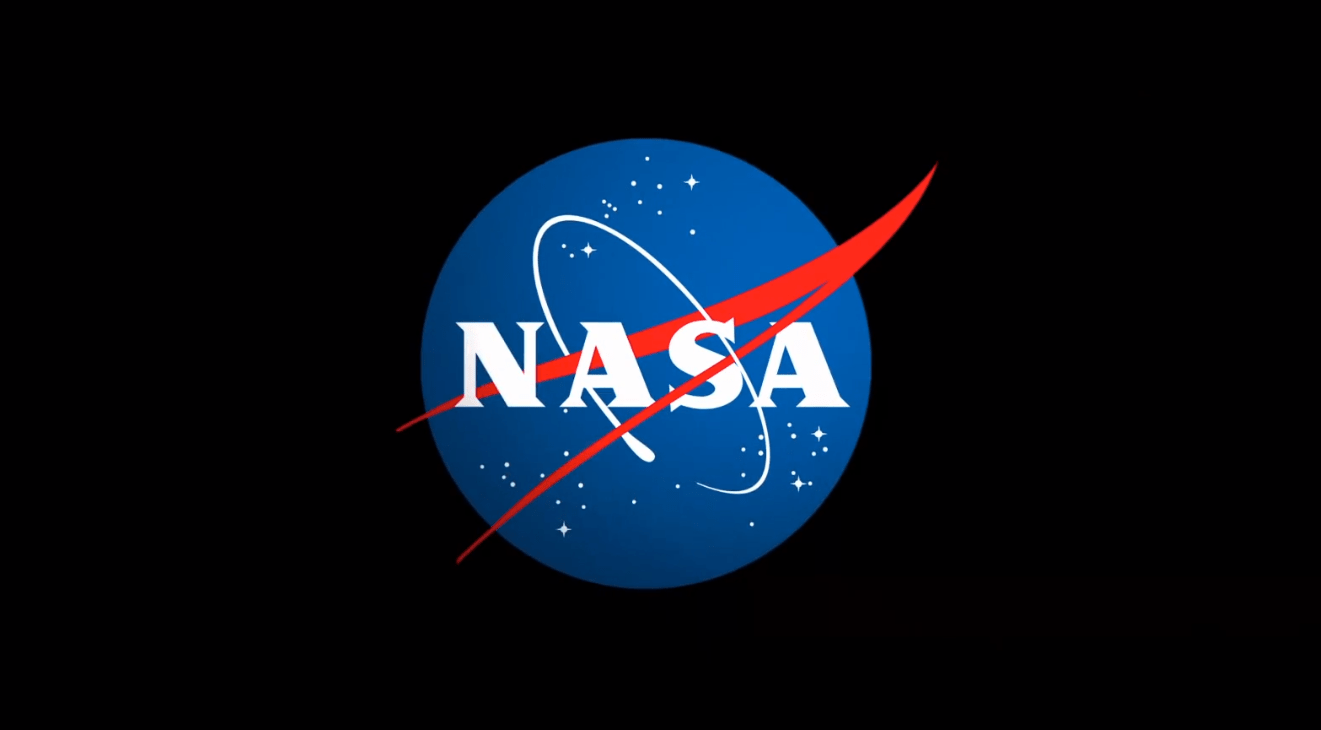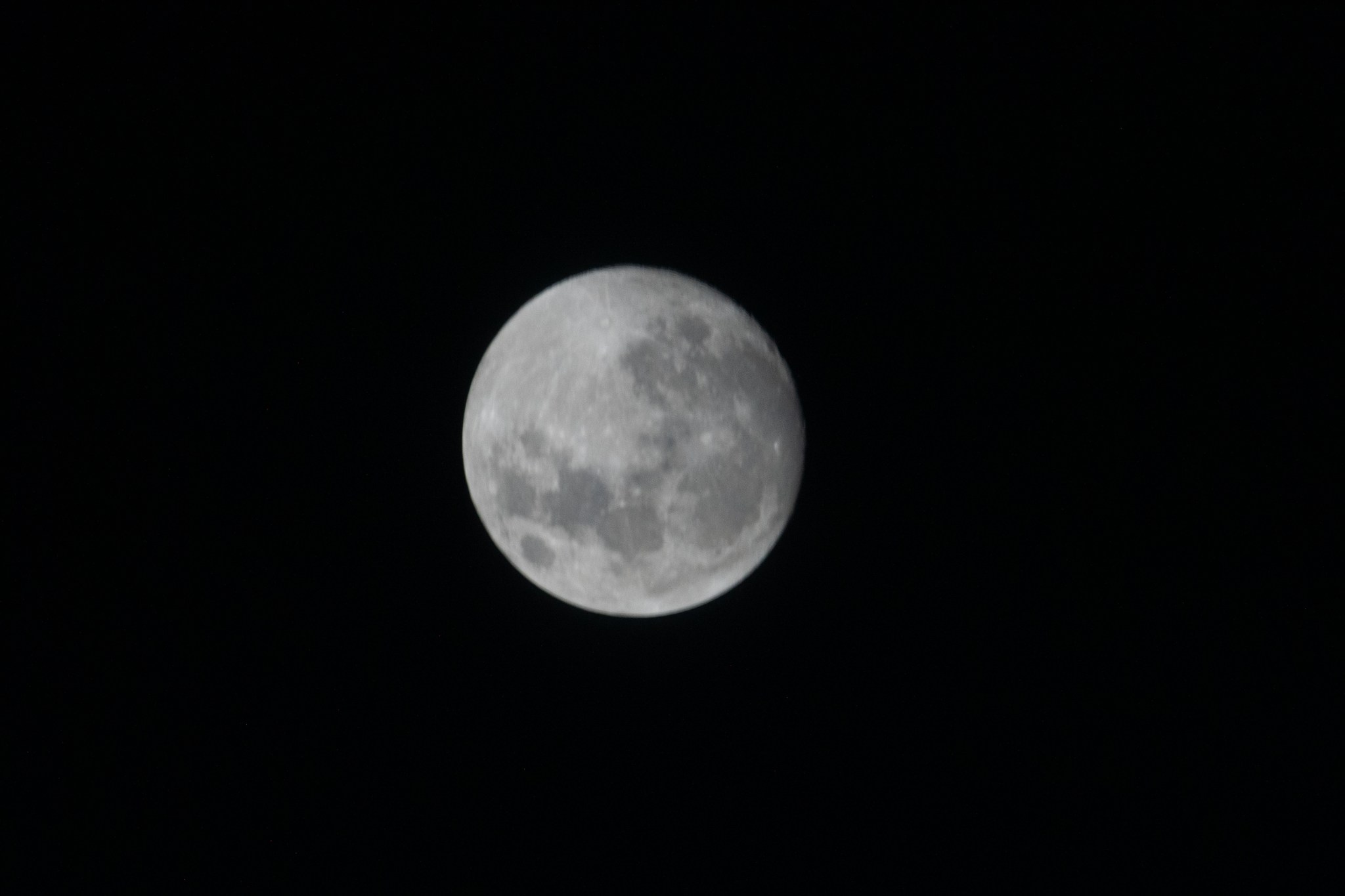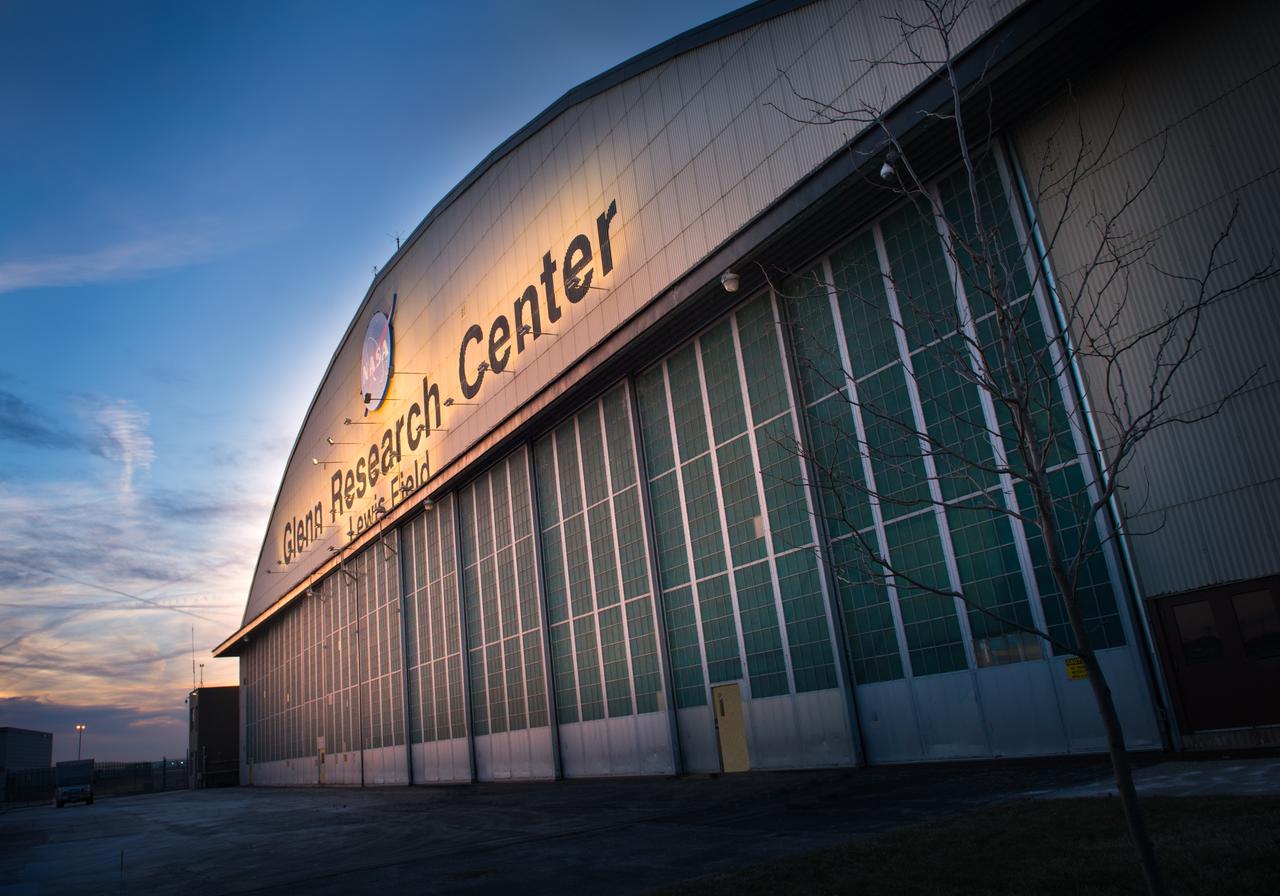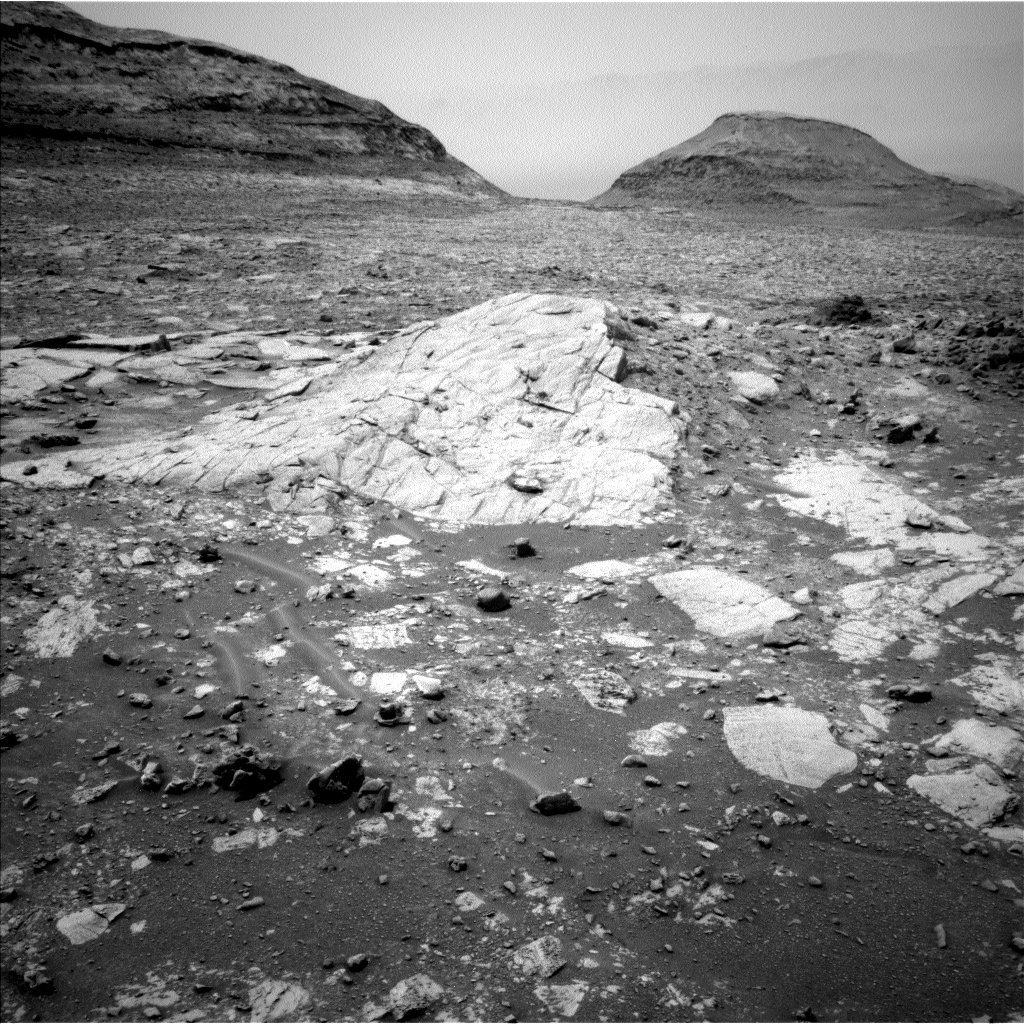Starliner is Back! What Now? – Can Boeing Compete with SpaceX’s Dragons? – YouTube Watch On On Episode 128 of This Week In Space, Rod Pyle and Tariq Malik talk about what’s going on with Boeing’s Starliner CST-100 spacecraft. Starliner is back and, by all accounts, could have returned with its crew had it been necessary. However, with NASA’s “safety forward” approach prevailing, the spacecraft landed uncrewed on September 6, three months after it docked with the International Space Station. Now, the work begins to try to solve the problems-…
Read MoreMonth: September 2024
Sols 4304-4006: 12 Years, 42 Drill Holes, and Now… 1 Million ChemCam Shots!
Curiosity Navigation Curiosity Home Mission Overview Where is Curiosity? Mission Updates Science Overview Instruments Highlights Exploration Goals News and Features Multimedia Curiosity Raw Images Images Videos Audio More Resources Mars Missions Mars Sample Return Mars Perseverance Rover Mars Curiosity Rover MAVEN Mars Reconnaissance Orbiter Mars Odyssey More Mars Missions The Solar System The Sun Mercury Venus Earth The Moon Mars Jupiter Saturn Uranus Neptune Pluto & Dwarf Planets Asteroids, Comets & Meteors The Kuiper Belt The Oort Cloud 5 min read Sols 4304-4006: 12 Years, 42 Drill Holes, and Now……
Read MoreSuper Harvest Moon lunar eclipse: How to watch online for free on Sept. 17
A partial lunar eclipse of September’s Super Harvest Moon is coming, and you can watch online for free. On Tuesday (Sept. 17), the Full Harvest Moon will experience a partial lunar eclipse that will be visible for North and South America (except for Alaska), Europe, most of Africa, western Asia, and parts of Antarctica. This eclipse will take place during a “supermoon,” which will make the moon appear slightly larger in the night sky. This occurs when the moon is slightly closer to Earth, which happens because the moon’s orbit is…
Read More‘We just ran out of time’: Boeing Starliner astronauts on why their spaceship returned to Earth without them
Boeing’s Starliner capsule might have been able to finish its mission as planned if time had been on its side. Starliner launched June 5 on its first-ever crewed flight, a trial run that sent NASA astronauts Suni Williams and Butch Wilmore to the International Space Station (ISS). The duo were supposed to live on the orbiting lab for just a week or so, but NASA extended their stay to about three months while studying thruster issues that cropped up during Starliner‘s rendezvous with the ISS. Ultimately, the agency concluded that…
Read MoreNASA Ames Selects Aeronautics and Exploration Support Contractor
Credit: NASA NASA has awarded the NASA Academic Mission Services 2 (NAMS-2) contract to Crown Consulting Inc., of Arlington, Virginia, to provide the agency’s Ames Research Center in California’s Silicon Valley, aeronautics and exploration technology research and development support. NAMS-2 is a single award hybrid cost-plus-fixed-fee indefinite-delivery indefinite-quantity contract with a maximum potential value of $121 million. The contract begins Tuesday, Oct. 1, 2024, with a 60-day phase-in period, followed by a two-year base period, and options to extend performance through November 2029. Under this contract, the company will support…
Read MoreThe best 70s sci-fi movies
When it comes to the best 70s sci-fi movies, the decade grabbed the baton passed by the decades that came before and ran away with it, ten-fold. It’s the decade where franchises were born – from deadly xenomorphs to intergalactic adventures and it was also a time where technology offered new possibilities to cinematic endeavors. While it was a solid decade for filmmaking in general, the sci-fi genre really got a chance to expand to new heights. In the 1970s, directors were given the chance to test out some other-worldly…
Read MoreWaxing Gibbous Moon over Minnesota
NASA, ESA/Matthias Maurer An astronaut aboard the International Space Station snapped this picture of the Moon as the station orbited 265 miles above the U.S. state of Minnesota on Dec. 17, 2021. Astronauts aboard the orbital lab take images using handheld digital cameras, usually through windows in the station’s cupola, for Crew Earth Observations. Crew members have produced hundreds of thousands of images of the Moon and Earth’s land, oceans, and atmosphere. On Saturday, Sept. 14, 2024, International Observe the Moon Night, everyone on Earth is invited to learn about…
Read MoreNASA’s Lunar Challenge Participants to Showcase Innovations During Awards
The Sun rises above the Flight Research Building at NASA’s Glenn Research Center in Cleveland. Credit: NASA Editor’s note: This media advisory was updated Friday, Sept. 13, 2024, with a correct phone number for the media contact at NASA’s Glenn Research Center. NASA‘s Watts on the Moon Challenge, designed to advance the nation’s lunar exploration goals under the Artemis campaign by challenging United States innovators to develop breakthrough power transmission and energy storage technologies that could enable long-duration Moon missions, concludes on Friday, Sept. 20, at the Great Lakes Science…
Read MoreSols 4302-4303: West Side of Upper Gediz Vallis, From Tungsten Hills to the Next Rocky Waypoint
Curiosity Navigation Curiosity Home Mission Overview Where is Curiosity? Mission Updates Science Overview Instruments Highlights Exploration Goals News and Features Multimedia Curiosity Raw Images Images Videos Audio More Resources Mars Missions Mars Sample Return Mars Perseverance Rover Mars Curiosity Rover MAVEN Mars Reconnaissance Orbiter Mars Odyssey More Mars Missions The Solar System The Sun Mercury Venus Earth The Moon Mars Jupiter Saturn Uranus Neptune Pluto & Dwarf Planets Asteroids, Comets & Meteors The Kuiper Belt The Oort Cloud 3 min read Sols 4302-4303: West Side of Upper Gediz Vallis, From…
Read MoreNASA Airport Throughput Prediction Challenge
Image Credit: BitGrit The Digital Information Platform (DIP) Sub-Project of Air Traffic Management – eXploration (ATM-X) is seeking to make available in the National Airspace System a variety of live data feeds and services built on that data. The goal is to allow external partners to build advanced, data-driven services using this data and to make these services available to flight operators, who will use these capabilities to save fuel and avoid delays. Different wind directions, weather conditions at or near the airport, inoperative runway, etc., affects the runway configurations…
Read More